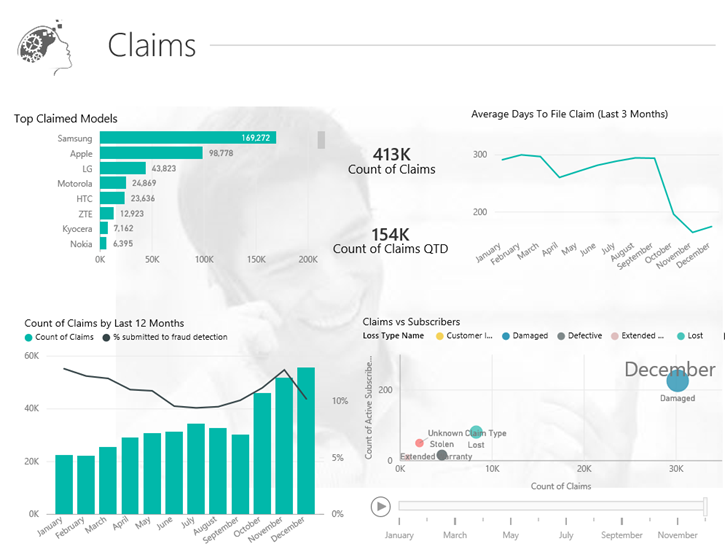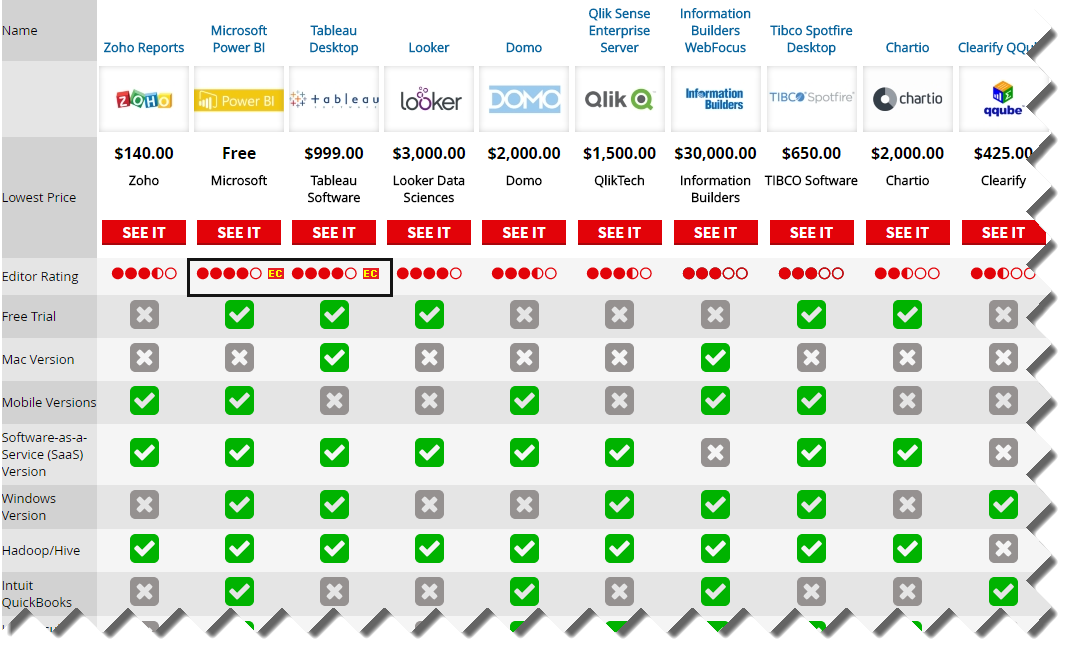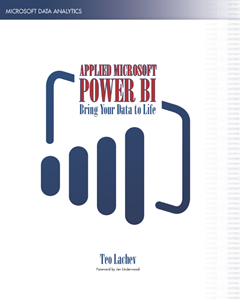Prologika Power BI Showcase – Supply Chain
I’m excited to announce the second Prologika Power BI Showcase – Supply Chain that was added to the Power BI Partner portal! It’s based on the work we did for the world’s largest package delivery company and a provider of supply chain management solutions. Prologika designed a Power BI-based solution for a Fortune 50 organization to consolidate data sources and customer service reports and make them available on mobile devices.
Problem
This large organization wanted to strengthen its value and growth by redesigning current processes, improving business flexibility, time-to-market, innovation, and customer experience. Customer Service managers had to print or bring people into their office to review operational statistics with their representatives and team. This was taking additional management time to create the reports and then time to pull the representatives off the floor. Management needed a mobile solution for reviewing customer representative and team operational statistics. At the same time, security and service requirements dictated that the company’s data must remain on premises.
Solution
Prologika implemented a Power BI hybrid solution. The data was loaded in Analysis Services semantic models. The solution used the Power BI Enterprise Gateway to provide connectivity to the on-premises data. Managers use the Power BI mobile apps to view insightful Power BI reports and dashboards on tablets and smart phones.
Value to Customer
Power BI allows Customer Service managers to view key performance statistics on any device and from any place that has Internet connectivity. The hybrid solution didn’t require any changes to the current infrastructure, such as opening ports or granting proxy exceptions. Moreover, it brought the agility of the cloud and started a path of transformation for data analytics. Other organizational units are currently adopting the Power BI hybrid architecture developed by Prologika.
Visit the solution page to learn more about how we did it, watch a short video, and even try the interactive reports! Have questions? Contact me to today to find how Power BI can change your business!








